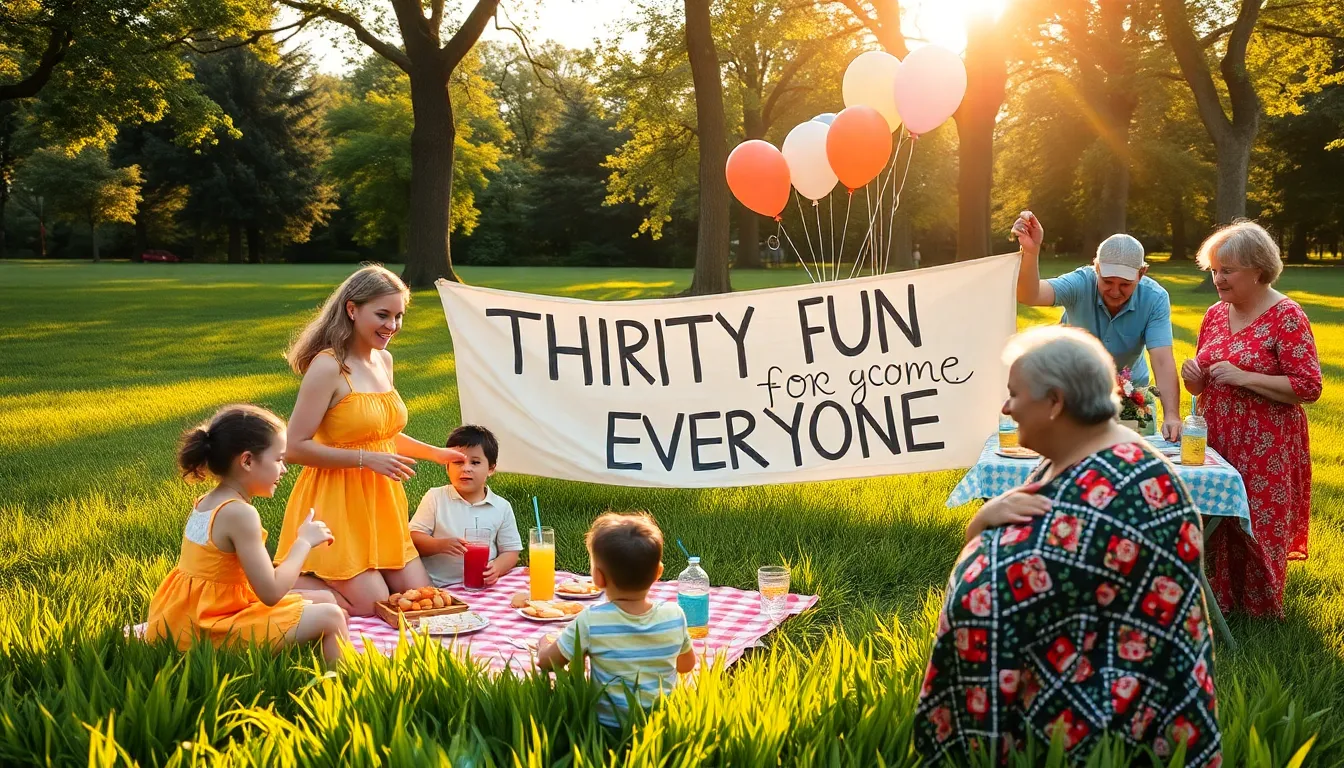In an era where everyone seeks to make the most out of their budgets, thrifty events have emerged as a popular solution. These cost-effective gatherings not only promote creativity and community bonding but also allow hosts to provide memorable experiences without very costly. This article explores the concept of thrifty events, their benefits, various types, engagement strategies, community partnerships, and the importance of post-event evaluations.
Table of Contents
ToggleUnderstanding Thrifty Events

What Are Thrifty Events?
Thrifty events are gatherings that emphasize budget-friendly planning and execution. They are often characterized by minimal costs, using innovative ideas and available resources to create enjoyable experiences. Whether it’s a community picnic, a birthday party, or a corporate team-building day, thrifty events aim to maximize enjoyment while minimizing expenditures.
Benefits of Hosting Thrifty Events
The advantages of hosting thrifty events are manifold. First, they promote inclusivity, allowing individuals from various backgrounds to participate without the burden of steep costs. Also, these events encourage creativity, as hosts often turn to unique ideas and local resources to create memorable experiences. Finally, thrifty events often strengthen community ties, fostering connections and collaboration among participants.
Types of Thrifty Events
Creative Ideas for Budget-Friendly Events
- Potluck Dinners: Invite friends or family to bring their favorite dishes, creating a diverse culinary experience without the high cost of catering.
- Outdoor Movie Nights: Use a backyard or public space to screen a popular film: attendees can bring blankets and snacks.
- DIY workshops: Organize crafting sessions where participants can learn a new skill while using materials they already have.
- Community Clean-Up: Engage the community in a clean-up event, followed by a picnic where everyone can relax and enjoy a meal together.
Using Community Resources for Thrifty Events
Local parks, community centers, and libraries often provide free or low-cost venues for events. Also, many businesses are willing to sponsor or provide resources for community-focused gatherings. For example, inviting a local artist to showcase their work at your event or partnering with nearby restaurants for food donations can significantly reduce costs while enhancing the overall experience.
Maximizing Engagement At Thrifty Events
Promotion Strategies for Thrifty Events
To attract participants, strategic marketing is key. Create visually appealing flyers to distribute locally and share event details through community boards and social media channels. Email newsletters targeting community members can also keep everyone informed and engaged. Start a countdown to the event on your social media pages to build anticipation and excitement.
Leveraging Social Media and Online Platforms
Social media is an invaluable tool for promoting thrifty events. Engaging posts featuring behind-the-scenes preparations, event highlights, or participant testimonials can create a buzz. Platforms like Facebook and Instagram allow for targeted advertising, helping to reach specific demographics interested in budget-friendly events. Besides, utilizing event management platforms like Eventbrite can streamline registration and increase visibility.
Building Partnerships in the Community
Measuring Success of Thrifty Events
Building partnerships with local organizations not only aids in resource sharing but also enhances the overall quality of the events. Collaborate with local non-profits, schools, and businesses to widen your network and gather feedback post-event. Measuring success requires a combination of quantitative and qualitative approaches. Collecting feedback through surveys or informal discussions can reveal areas for improvement. Analyzing attendance numbers, participant engagement levels, and community response can provide valuable insights into how future events can be optimized.
Post-Event Evaluations and Feedback
Post-event evaluations are critical in understanding the impact of a thrifty event. Gathering feedback from participants through surveys or casual conversations can uncover strengths and areas for improvement. Engaging in self-reflection as a host about what worked and what didn’t is essential for evolution in event planning. The insights gained will not only help in refining future events but also bolster community engagement and ensure that the experiences remain meaningful.
Conclusion
Summarizing, thrifty events stand out as a practical approach to gathering people together while keeping expenses in check. By leveraging community resources, employing creative ideas, and engaging participants through online platforms, hosts can create memorable experiences that strengthen community bonds. The insights gained from evaluations and feedback only serve to enhance future events, making thrifty gatherings an ever-evolving practice that is both cost-effective and fulfilling.
